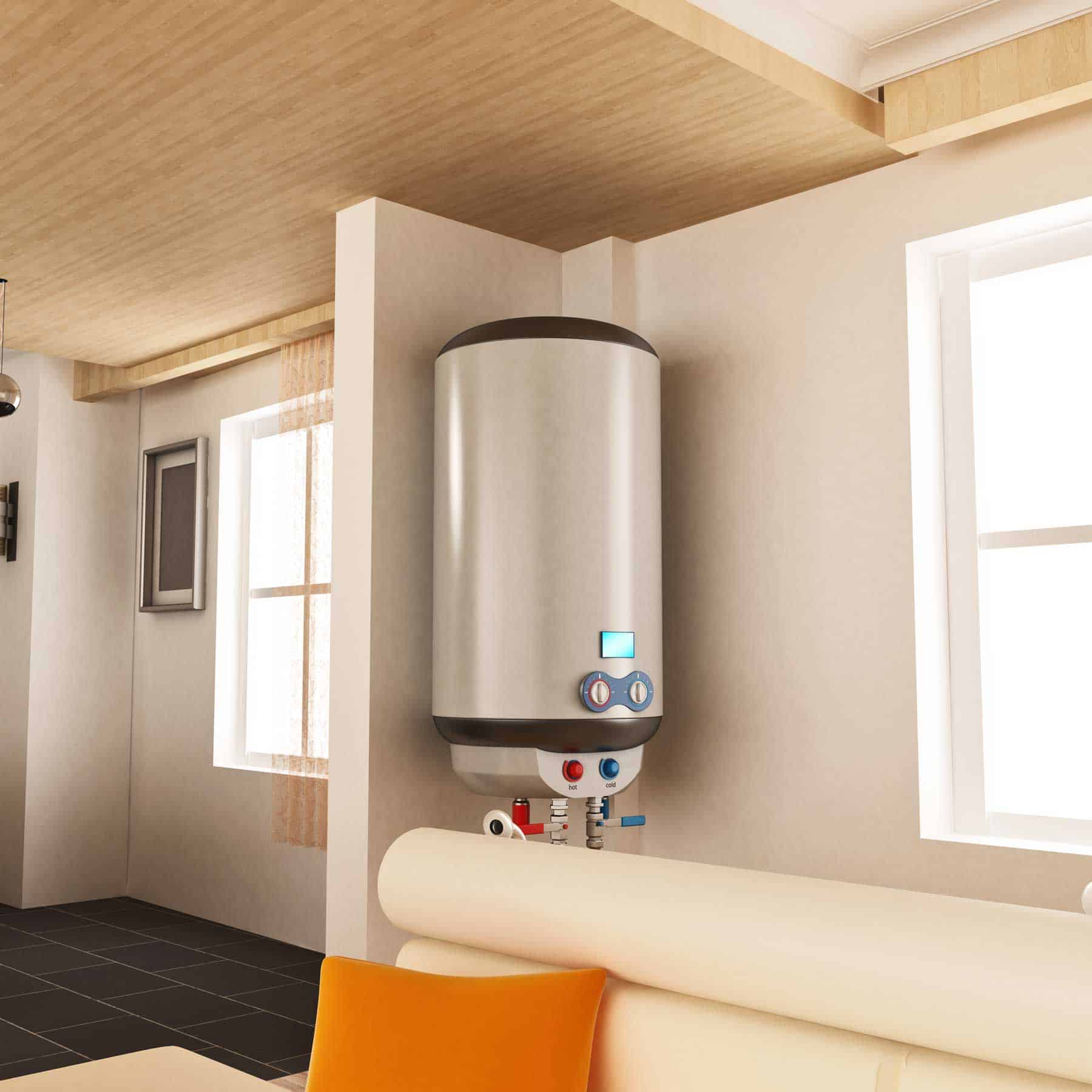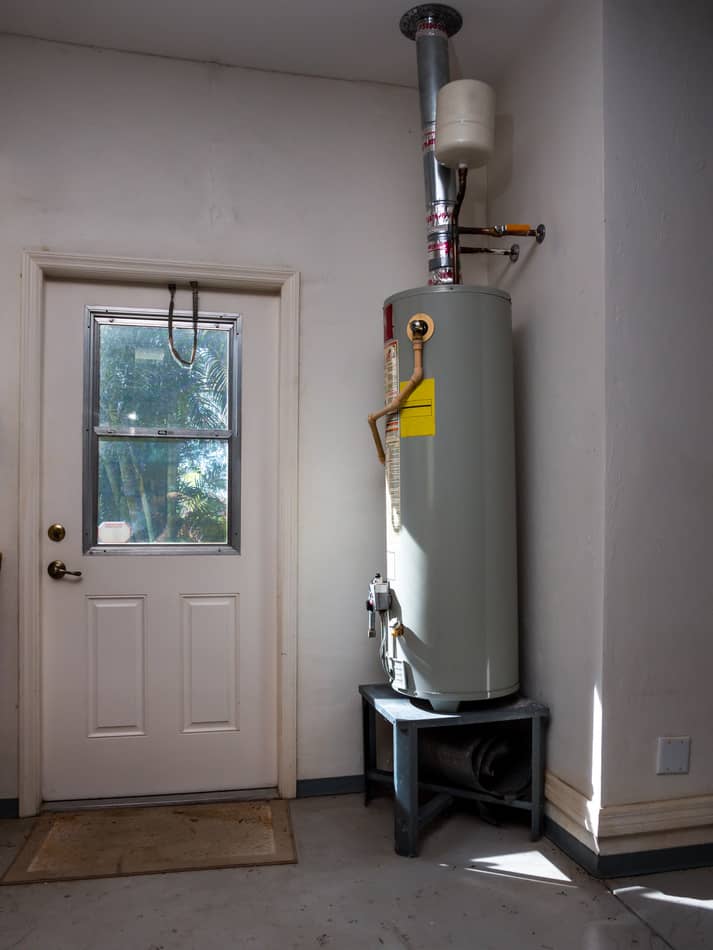What are your ideas with regards to Tips For Maintaining Your Hot Water Heater?

Hot water is essential for day-to-day convenience, whether it's for a refreshing shower or washing dishes. To guarantee your hot water system runs efficiently and lasts much longer, routine maintenance is key. This write-up supplies useful tips and understandings on how to keep your home's hot water system to prevent disruptions and expensive repair work.
Intro
Preserving your home's hot water system may seem daunting, however with a few basic steps, you can ensure it runs smoothly for many years to find. This overview covers whatever from recognizing your hot water system to do it yourself maintenance pointers and recognizing when to hire specialist help.
Value of Keeping Your Hot Water System
Routine upkeep not just extends the life expectancy of your warm water system but likewise guarantees it operates effectively. Disregarding maintenance can cause reduced effectiveness, greater power costs, and even premature failing of the system.
Indicators Your Hot Water System Needs Upkeep
Recognizing when your warm water system requires attention can avoid significant concerns. Look out for signs such as inconsistent water temperature level, unusual sounds from the heater, or rusty water.
Comprehending Your Warm Water System
Prior to diving into upkeep tasks, it's helpful to comprehend the basic elements of your warm water system. Typically, this includes the water heater itself, pipelines, anode poles, and temperature level controls.
Monthly Maintenance Tasks
Routine month-to-month checks can help catch minor issues before they intensify.
Purging the Water Heater
Flushing your water heater removes sediment buildup, enhancing effectiveness and extending its life.
Monitoring and Changing Anode Rods
Anode poles prevent corrosion inside the tank. Examining and replacing them when worn out is vital.
Evaluating and Readjusting Temperature Level Setups
Readjusting the temperature level setups makes certain optimum efficiency and safety and security.
Do It Yourself Tips for Maintenance
You can carry out several maintenance tasks yourself to keep your warm water system in leading problem.
Looking for Leakages
Regularly examine pipes and connections for leaks, as these can bring about water damages and higher bills.
Checking Pressure Relief Valves
Examining the stress relief valve ensures it operates appropriately and prevents too much stress buildup.
Insulating Pipelines
Protecting hot water pipelines reduces warmth loss and can conserve energy.
When to Call a Specialist
While do it yourself maintenance is advantageous, some concerns require specialist experience.
Complicated Issues Calling For Expert Help
Instances consist of significant leaks, electric problems, or if your hot water heater is regularly underperforming.
Routine Expert Upkeep Advantages
Specialist maintenance can consist of complete evaluations, tune-ups, and making certain conformity with safety requirements.
Final thought
Routine maintenance of your home's warm water system is important for efficiency, long life, and cost financial savings. By complying with these tips and knowing when to seek professional assistance, you can guarantee a trustworthy supply of hot water without unforeseen disturbances.
How to Maintain an Instant Hot Water Heater
Before tinkering with your hot water heater, make sure that it’s not powered on. You also have to turn off the main circuit breaker and shut off the main gas line to prevent accidents. Also turn off the water valves connected to your unit to prevent water from flowing into and out of the appliance. 2. When you’re done, you have to detach the purge valves’ caps. These look like the letter “T†and are situated on either side of the water valves. Doing so will release any pressure that has accumulated inside the valves while at the same time avoid hot water from shooting out and burning your skin. 3. When the purge valves’ caps are removed, you have to connect your hosing lines to the valves. Your unit should have come with three hoses but if it didn’t, you can purchase these things from any hardware or home repair shops. You can also get them from retail stores that sell water heating systems. Read the user’s manual and follow it to complete this task properly. When the hosing lines are connected, open the purge port’s valves. 4. You should never use harsh chemical cleaners or solutions when cleaning your unit. Make use of white vinegar instead. It should be undiluted and you’ll probably use about 2 gallons. 5. Now flush your water heater. This task should probably take about 40 minutes. We can’t give you specific directions for this because the procedure is carried out depending on the type, model and brand of your heater. With that being said, refer to the user’s manual. 6. When you’re done draining the unit, you have to turn off the purge port valves again. Remove the hosing lines that you earlier installed on each of the water valves. Put the valve caps (purge port) back in their respective places and be very careful so as not to damage the rubber discs that are found inside these caps. 7. Now that everything’s back in place, check your user’s manual again to find out how to reactivate your water heating system. 8. Once it is working, turn one of your hot water faucets on just to let air pass through the heater’s water supply pipes. Leave the tap on until water flows smoothly out of it. https://www.orrplumbing.com/blog/2014/september/how-to-maintain-an-instant-hot-water-heater/

As a serious person who reads about Tips on Maintaining a Water Heater, I figured sharing that segment was beneficial. Kindly set aside a second to promote this post if you liked it. Many thanks for your time. Come back soon.
Call Today